Perennial Pepperweed
Information
Lepidium latifolium - Brassicaceae Family - Long-lived perennial
Other common name: Tall whitetop
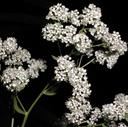
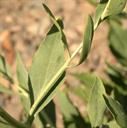
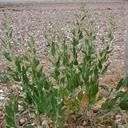
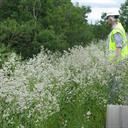
Identification
- Flowers: Flowers are small, white, and occur in dense clusters.
- Seeds: Although a prolific seed producer, propagation is primarily from an extensive semi-woody root system that can spread laterally several feet a year and grow to depths greater than 10 feet.
- Leaves: Green to grey green leaves that do not clasp the stem like whitetop leaves.
- Flowering Time: Late spring to midsummer.
- Life cycle: A semi-woody perennial that normally grows 3-5 ft. but can be up to 8 ft. in height.
Impacts
- Invades pastures, crops, riparian areas, stream corridors, and other areas that are seasonally wet or have a high water table.
- Established plants form dense stands that develop from an extensive root system capable of storing large amounts of energy. Plants are long lived and often dead stems are slow to decay and accumulate over time, forming dense thickets that prevent growth of desirable species.
Control
Most effective control methods
- For small infestations, pulling plants (try to remove as much of the root as possible) is an effective way of controlling a few scattered plants.
- For larger infestations, control can be difficult. Control with herbicides can be effective but is greatly enhanced by establishing competitive vegetation. In areas with a dense buildup of thatch, mow or burn old shoots before applying herbicides.
- Herbicide application timing is crucial. Plants sprayed at flower bud stage are most susceptible. However, multiple applications are often necessary because plants often resprout after treatment. In addition, caution must be taken near sensitive crops and water. Read the label and consult with a weed expert prior to application.
Control methods and timing
| March | April | May | June | July | Aug | Sept | Oct |
|---|---|---|---|---|---|---|---|
|
Prev Mech Chem |
Prev Mech Chem |
Prev Mech Chem |
Prevention (Prev) Monitor and destroy new plants before seed production.
Mechanical (Mech) Hand pulling, digging, cutting, mowing and tilling.
Cultural (Cult) Biological control agents, livestock grazing, and revegetation practices.
Chemical (Chem) Selective herbicides based on the plant and the specific location. Check our weed fact sheets for specific control information.
Large Images
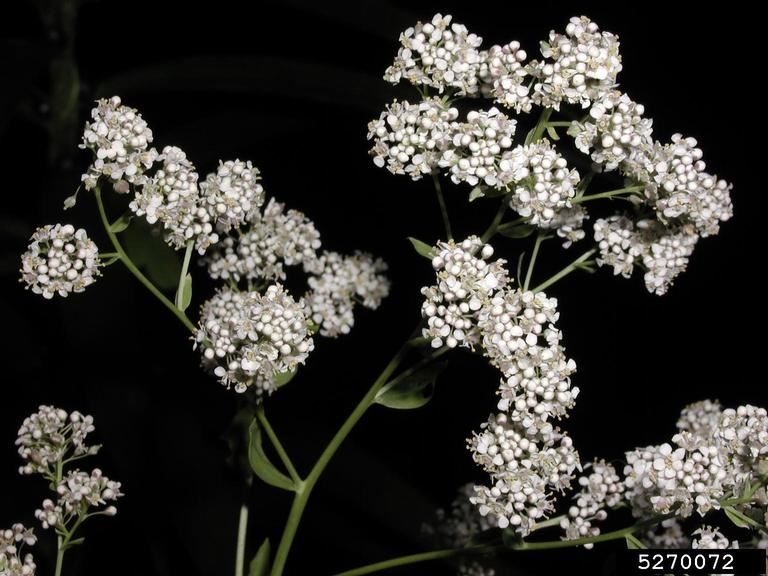
Perennial pepperweed: flowers
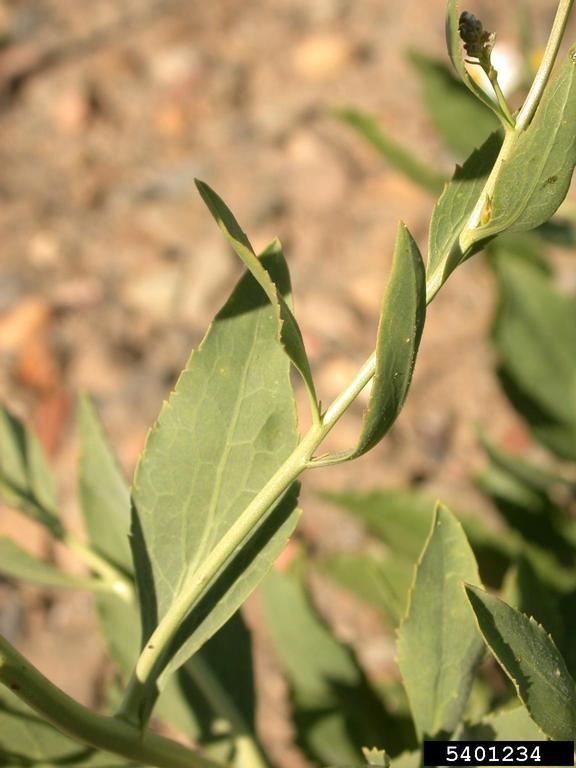
Perennial pepperweed: foliage
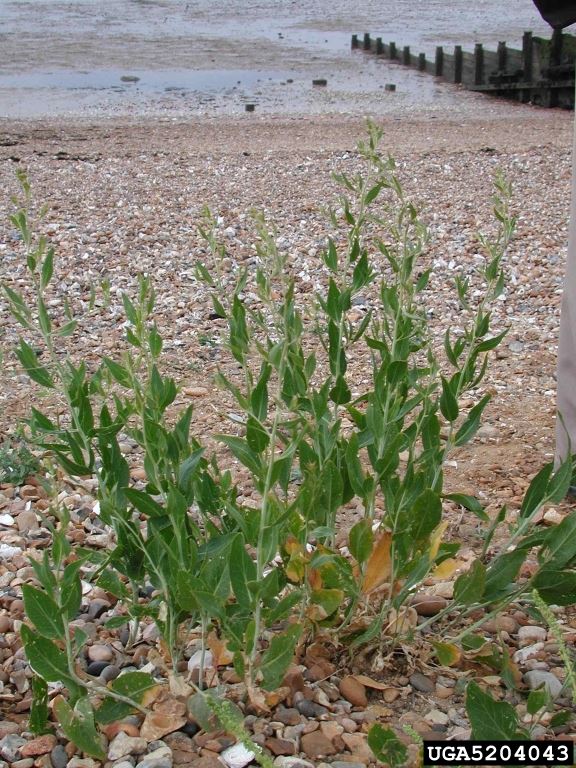
Perennial pepperweed
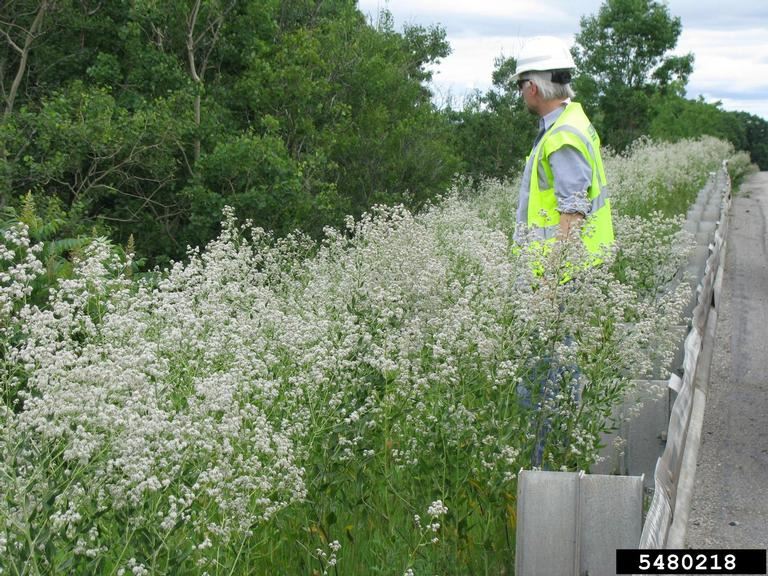
Perennial pepperweed: infestation
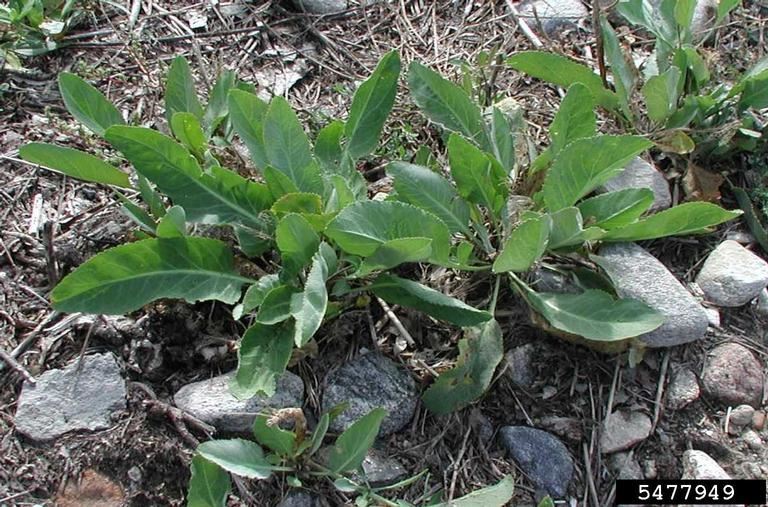
Perennial pepperweed: seedlings
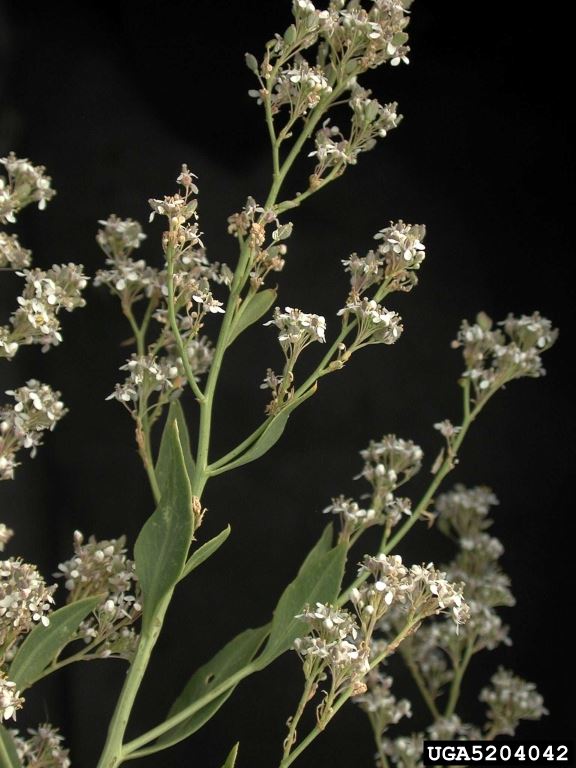
Perennial pepperweed: flowers and foliage
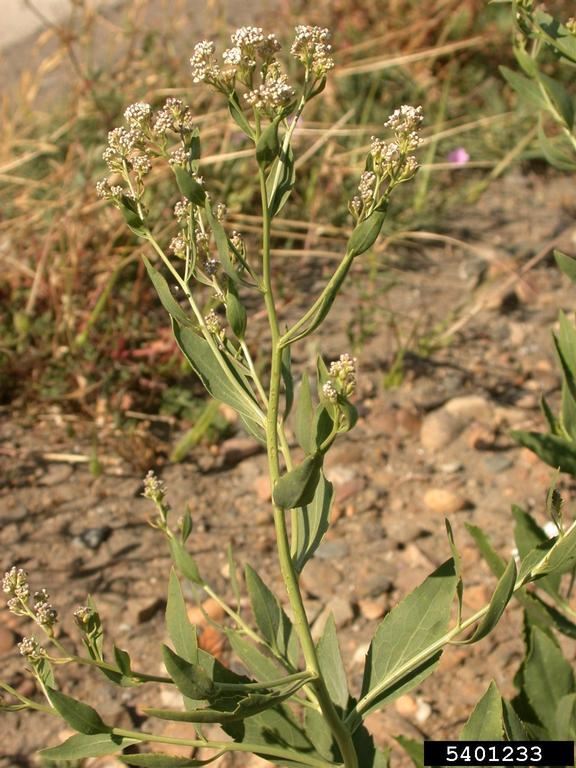
Perennial pepperweed
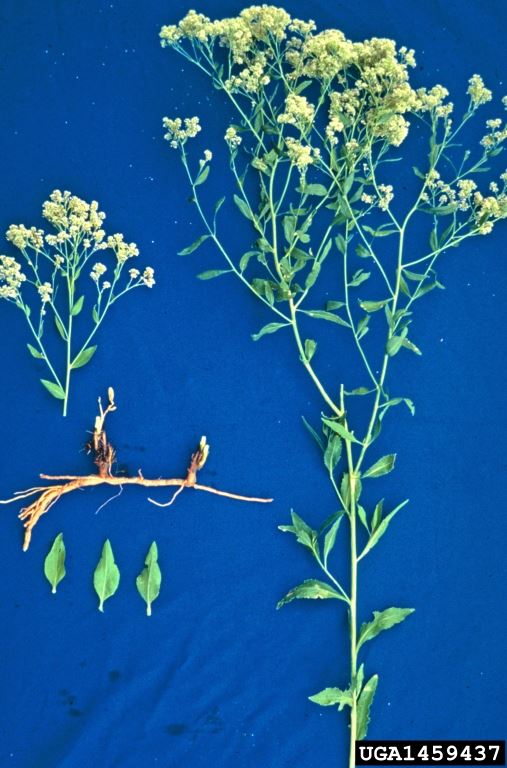
Perennial pepperweed: roots, foliage, flowers
Resources
-
Perennial Pepperweed Fact Sheet
-
References
Donaldson, S. Identification and management of perennial pepperweed (tall whitetop) [PDF file]. Retrieved from https://www.unce.unr.edu/publications/files/nr/2010/sp1007.pdf View PDF
United States Department of Agriculture. (2014, September). Field guide for managing perennial pepperweed in the Southwest [PDF file]. Retrieved from https://www.fs.usda.gov/Internet/FSE_DOCUMENTS/stelprdb5410120.pdf View PDF
University of California Statewide Integrated Pest Management Program. (2015, January). Perennial Pepperweed. Retrieved from http://ipm.ucanr.edu/PMG/PESTNOTES/pn74121.html
University of California WEED Research & Information Center. (2010, February). Perennial pepperweed. Foreign invader in California’s wildlands [PDF file]. Retrieved from https://wric.ucdavis.edu/PDFs/perennial-pepperweed-WRIC-leaflet-02-1.pdf View PDF
Zouhar, K. (2004). Lepidium latifolium. Fire Effects Information System. Retrieved from https://www.fs.fed.us/database/feis/plants/forb/leplat/all.html




